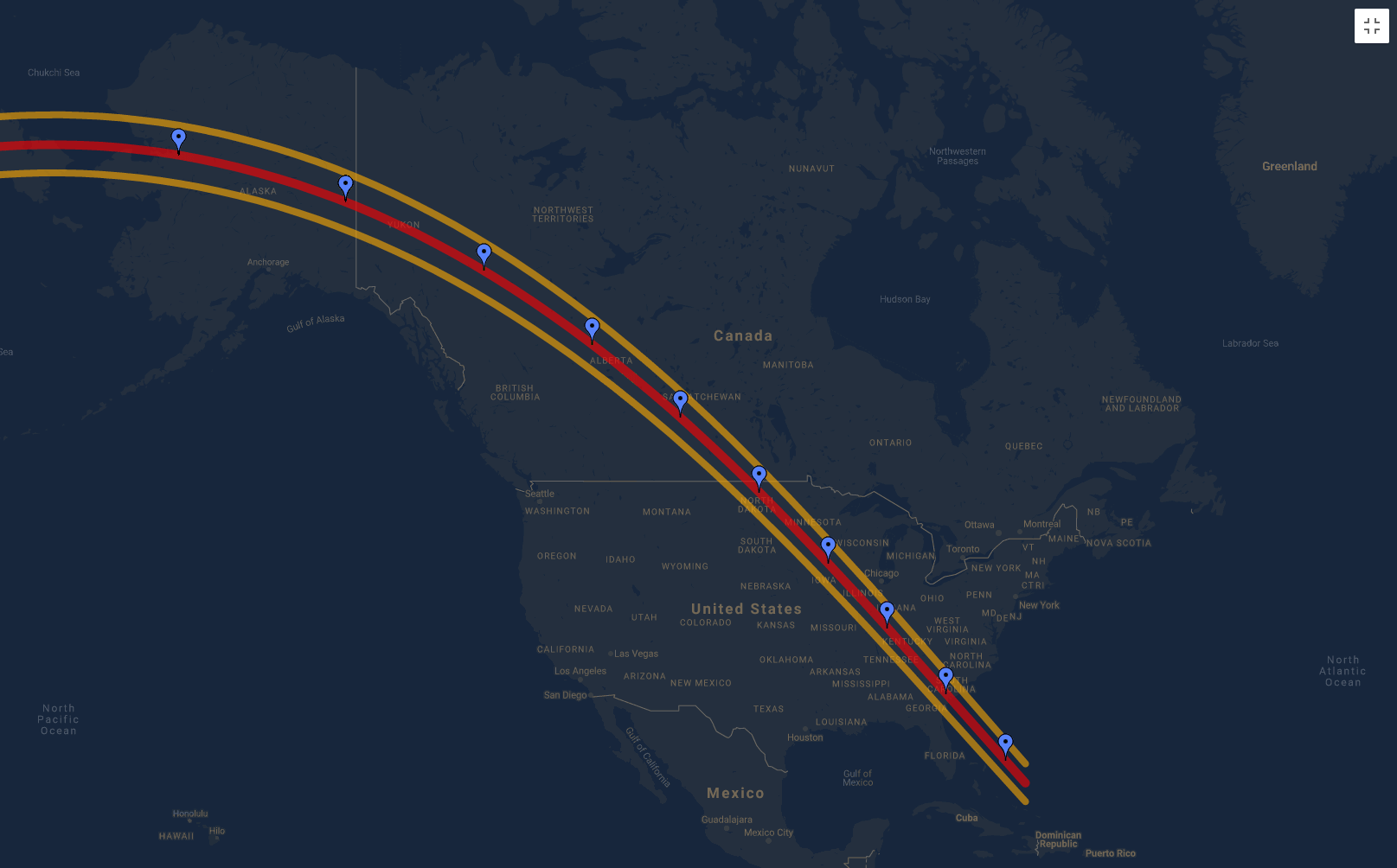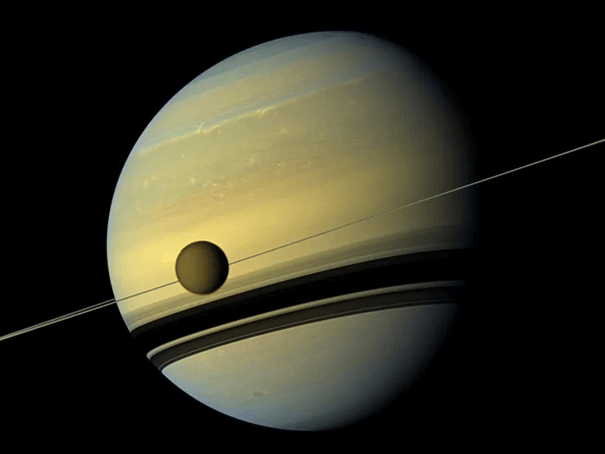If you were wondering, asteroids do have moons! In fact, 210 asteroids within the asteroid belt, which is located roughly between Mars and Jupiter, have been discovered to have moons so far. Throughout our solar system, hundreds of other small bodies have been discovered to have moons as well.
Citizen scientists across North America will have the opportunity to detect not only a large main-belt asteroid known as 22 Kalliope, but also its moon, Linus. If successful, this will be the first-ever detection of an asteroid’s moon by the Unistellar Network!
In the early morning of December 14, Kalliope will pass in front of a distant star from our view here on Earth, an event known as an occultation. At 3:22 AM CST this occultation will be visible across a path through Fairbanks, Alaska; the Yukon and Alberta; Saskatoon, Saskatchewan; Rugby, North Dakota; Cedar Rapids, Iowa; Decatur, Illinois; Knoxville, Tennessee; and Augusta, Georgia.
All about Kalliope and its moon Linus
22 Kalliope is a fairly bright main-belt asteroid about the size of the U.S. state of Vermont. Its exact composition is unknown, though the asteroid’s density is too low for it to be made of only metal, and its spectra hint at possible silicates and hydration minerals. Kalliope’s namesake is the Greek muse, Calliope, who rules over epic poetry.
Kalliope’s one known moon, Linus, is named after the muse Calliope’s son, but is also said to honor Linus van Pelt from the comic strip Peanuts as well as Linus Torvalds, the software engineer who invented Linux.
Ready to observe?
If you detect Kalliope and Linus, we can confirm if the dynamics of the moon predicted by our colleagues at Charles University are indeed correct, or possibly refine them.
Check out our Asteroid Occultation Predictions page for more details on this occultation including location, timing, and more.

- Click on North America on the drop-down menu and scroll down the page until you find 22 Kalliope. Then, click on it.
- A map of North America with the path of the occultation should appear below.
- Zoom into the map so you can see the exact location where you can observe this occultation.
- Check the information above the map to make sure you have the correct parameters and observe for the correct duration.
If you have any questions, please reach out to us at [email protected].
Further readings
3 Reasons to observe this month
Every month, discover three unmissable celestial events to observe with your Unistellar telescope.
Two spooky appearances in the sky for Halloween
Every month, discover three unmissable celestial events to observe with your Unistellar telescope.
3 Reasons to observe this month Halloween Edition
Every month, discover three unmissable celestial events to observe with your Unistellar telescope.
Titan’s shadows
This summer, the ringed planet Saturn takes centre stage in our night sky, offering amateur astronomers a rare opportunity to observe fascinating transient events.
Observing Eclipses on Jupiter: Cosmic Spectacles Through a Telescope
The latest Unistellar App Update, version V3.0, is now live. Explore a smooth stargazing experience !
Unistellar Community Included In Multiple Scientific Papers
Did you know Unistellar Citizen Astronomers are often cited in published scientific papers? Find out how you can contribute too!




